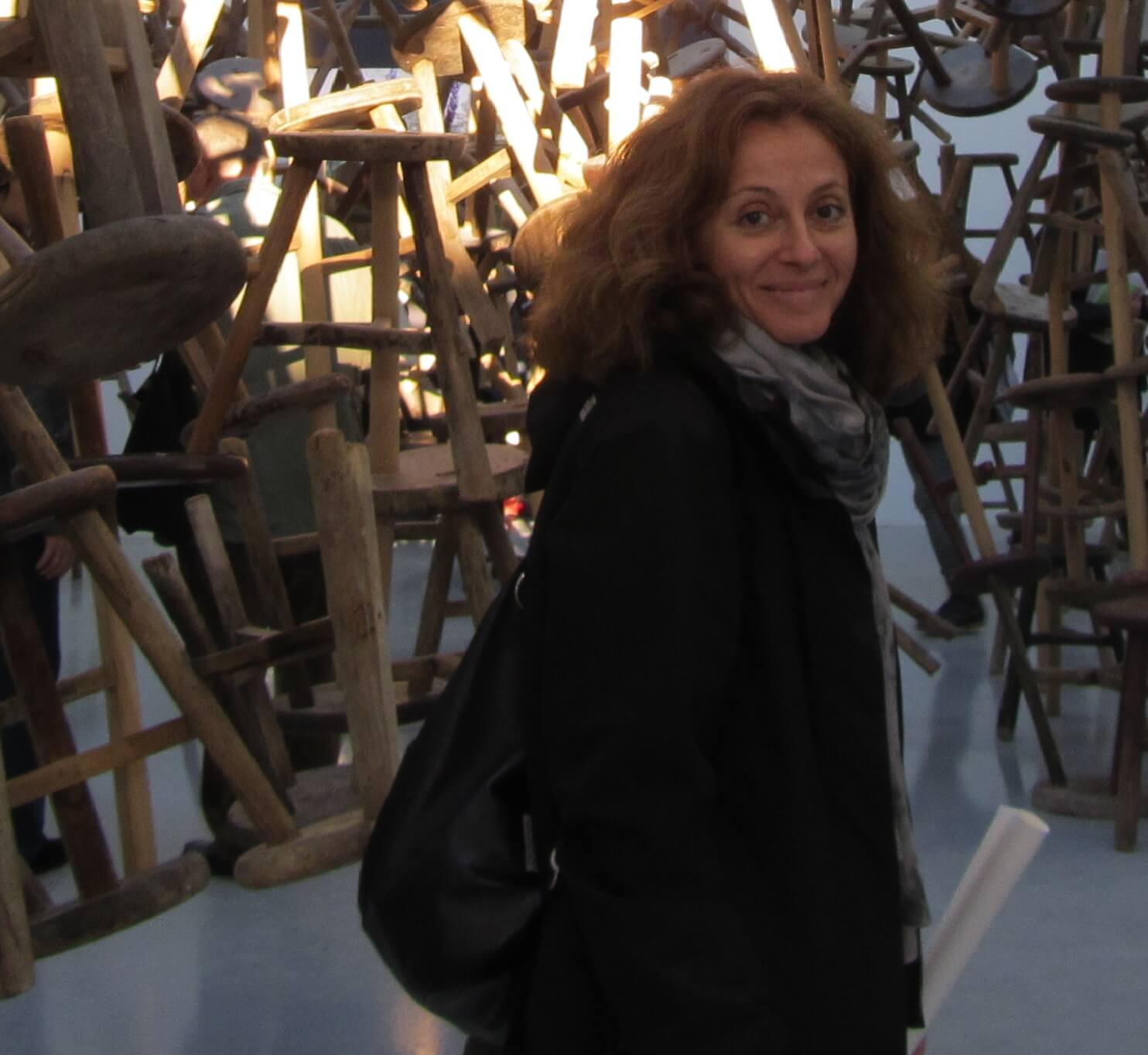In this April feature we meet Vicky Kontou, Assistant Librarian (Acquisitions & Collection Development) at the Courtauld Institute of Art. She fills me in on cataloguing, collection development and the most surprising artists’ books hidden in dusty corners.

How did you come to art librarianship?
My BA and first MA degrees were in History of Art. After a few years at Brunel University as a library assistant I joined the Courtauld as a cataloguer on the HOGARTH project (that long time ago!). I was cataloguing exhibition catalogues and the experience was invaluable. I worked with a variety of art related documents and publications from all over the world and I learned a good deal about museums, publishing trends and, of course, cataloguing. It became clear that in order to progress professionally I needed to have a library qualification. I did it by distance learning with the University of Aberystwyth and although I visited Aber only three times I really enjoyed the course. My dissertation was in Collection Development Policies. When I joined the Courtauld as Acquisitions & Collection Development Assistant Librarian it felt that a dream (professional one) had come true.
Talk us through a typical day for you at work:
Believe it or not I start the day with shelving for 30 minutes or so. That gives me an excellent idea of which books the students use and which parts of the collection need attention. I then go through emails and respond to urgent acquisition requests. Part of my daily routine is issue desk duties and answering enquiries over the phone, by email and in person. Usually I leave acquisitions for the afternoon, going through new publication alerts and catalogues. In between all these I meet with the Librarian and my colleagues to discuss user education and collection management issues. Cycling back home in the evening helps me clear my head!
Tell us about an inspiring or surprising item in your collection:
A few years ago we were looking through a pile of books left aside from previous eras and we came across three volumes of an unusual type of publication. Looking more carefully we soon realised that what we had in our hands was Dieter Roth’s artists’ books Das Tränenmeer, 1973 and Dars Wähnen, 1974; signed by the artist and numbered. The library does not collect artists’ books so you can imagine our surprise at having this gem in our hands. The only provenance information we have it is that they were presented to us by L. Pedersen in 1988. Now all volumes are in their phase boxes, catalogued and safely kept in our Special Collections. These, along with Little Tentative Recipe, 1968-69, comprise our tiny collection of artists’ books by Roth. That item triggered my interested in the work of Dieter Roth. Also it made clear that in piles of stuff too dusty and complicated to deal with may be hidden gems.
What would be your dream acquisition?
Currently, my dream acquisition has to be the forthcoming Francis Bacon Catalogue Raisonné. We already have a PhD student who can’t wait to put her hands on it. I’m crossing my fingers that our budget can stretch to that extent.
What’s the strangest enquiry you’ve ever received?
That’s hard to say. I will be diplomatic and just say that although we do receive challenging enquiries, there have not been so many that a skilled librarian cannot handle. Although the one on how to reference a sound cloud in Chicago style kept us busy for a few hours!
Who is your favourite artist/designer?
As an acquisitions librarian I am here to serve them all!
One great tip for people starting out in art librarianship:
Don’t forget the past, keep your mind to the present but also look ahead to the future. Regardless of whether you advise students on their information skills or you manage and develop a collection, it is essential that you have a good idea of the historical material as well as the future trends in art and art publishing.
Alexandra Duncan, Central Saint Martins (UAL)
